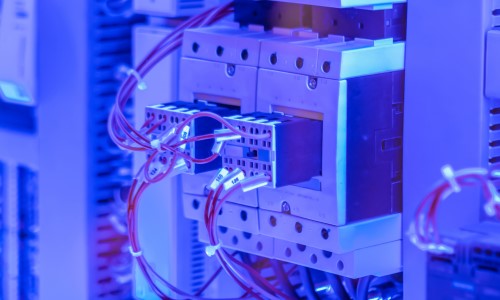
2.22.22 – SSI – Bob Dolph
It never hurts to review the importance of sound basic skills and practices, especially when many experienced techs are responsible for training newbies.
If you’ve ever had a serious discussion with a professional athlete, you may have asked them, “What is the most import skill or discipline one needs to learn to succeed?” Often you will hear them reply with, “Learn and master the basics.”
As with sports, any profession has important basics that must be taught and mastered in order to create a solid professional career foundation.
While we have many new and exciting technologies being presented to technicians every year, we must not forget the importance of learning and mastering the basics of our trade.
You have heard me talk about the importance of basic skills in the past, and I thought it would be appropriate to emphasize these technology skills further this year. A note to all you old timers out there — yes, much of what you read may be old news, but it never hurts to review the importance of sound basic skills and practices.
Many experienced techs are responsible for training newbies. Do you make sure that they are both understanding and practicing these basic skills? Don’t take it for granted that they will just pick it up as they go along. Verbally test them to see if they understand these important basics of the trade.
I recently had a conversation with some senior alarm techs. They had commented that many young techs lacked a true understanding of application of relay devices. Yes, they knew how to program the smart home controls, but were confused when it came to properly and safely connecting external devices using relays. Over the years I have personally noticed this confusion when auditing training sessions for electricians.
When should I use a DPDT, SPST, NO/NC, latching, delay or momentary relay? Simply put, a relay is designed to switch devices such as lights, automatic curtains, locks, AC systems, or anything that typically has any electrical load that is greater than the electrical output of a control panel.
The most popular type of relay is still the electromechanical relay. Relays can provide isolation between circuits. Though commonly used in our trade with DC circuits, they can also be applied to AC circuits. They can be configured to provide logic control using a design technique called ladder diagraming.
The most basic relay is a small coil that when presented with a voltage makes a pair of switch contacts either open or close a circuit. This would be a single pole, single throw, or SPST relay. If the electrical contacts would be open in the nonenergized state it would be classified as normally open, or a NO relay.
If you have two relay contacts operating from a common contact you would have a single pole double throw (SPDT) relay and one contact would be NO and the other NC, operating on the same common electrical trigger.
A bit of security trade trivia: Is a magnetic reed door/window contact in an NC alarm circuit considered a NO or NC device? It is a NO device as it is activated by the accompanying magnet. Remember the NO/NC state of a relay is determined by its nonenergized state.
One word of caution when working with electromechanical relays. The magnetic field is created by passing voltage through a small coil. There is a strange thing that happens with voltage is suddenly removed from a coil.
The electrical collapsing of the coil’s field can induce what is known as a reverse electrical magnetic field (EMF). This short but strong reverse voltage pulse can be tens if not hundreds of times greater in voltage. The pulse can damage electronic circuits in the alarm panel controlling the relay.
A standard method for preventing this potential damage is to place a diode in parallel across the relay input, allowing the diode to clamp any reverse EMF from the collapsing relay coil field. An extra word of caution — if you plan to have a relay configured to control, say an inductive motor, make sure to have diode-type devices, often called flybacks, in place to prevent high current surges from damage the relay contacts.
I have just touched the surface here on relay technology, but I hope you now realize it is important to dig further and truly understand the devices you are working with in the field. You may want to take a further look at relays.

Tool of the Month
Today’s relays now include “smart relays.” An example is the EnerWave, which uses Z-Wave Plus technology.
This dual relay module gets 50% more wireless range and energy efficiency at 250% faster processing and 400% more memory. The smart modules install and work invisibly behind your existing switches.
